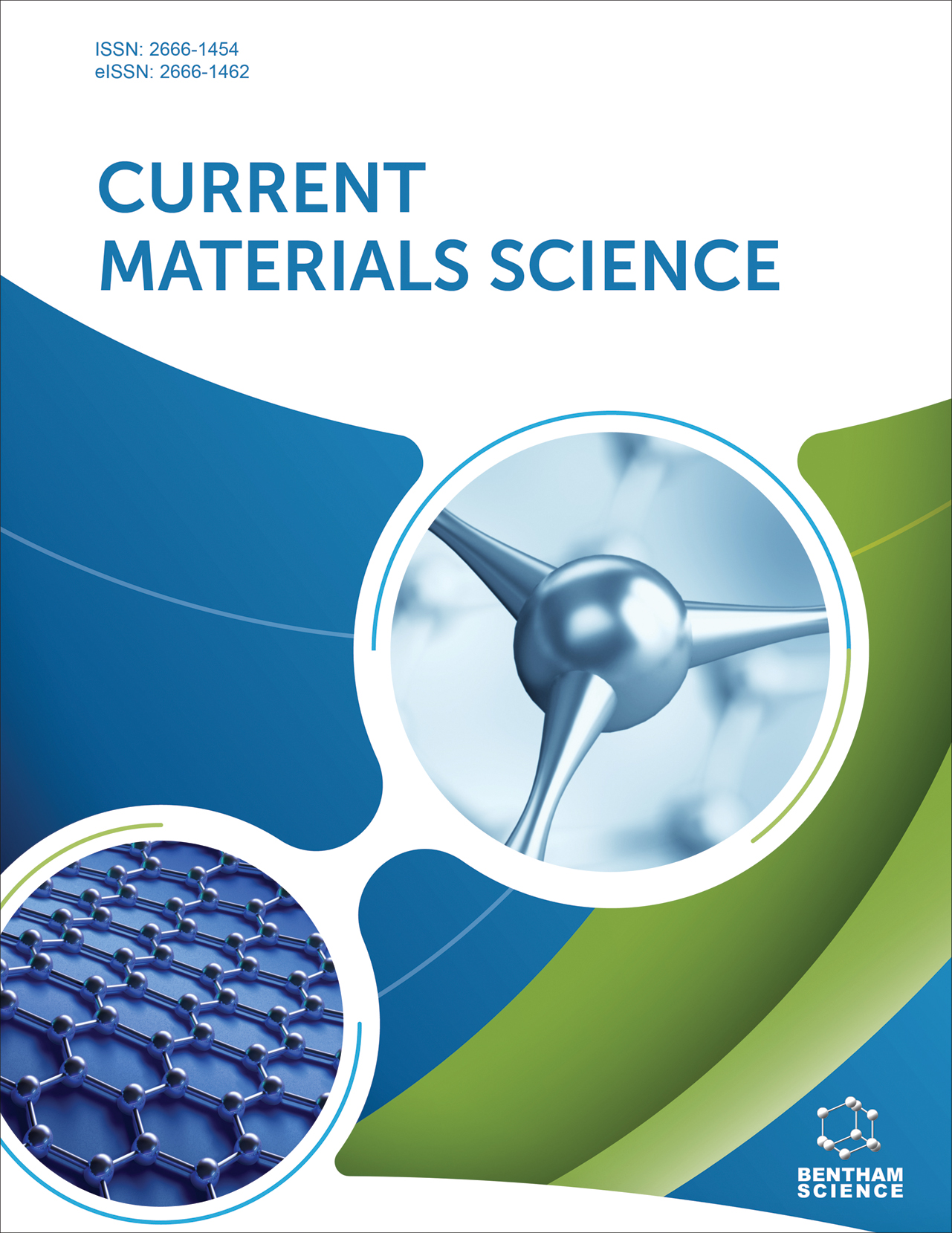
Full text loading...
We use cookies to track usage and preferences.I Understand
Many industries use polysaccharide materials, such as those dealing with food, food packaging, medicine delivery, tissue engineering, wound dressing, wastewater treatment, and bioremediation. They were implemented in these spheres because of their efficacy, low cost, non-toxicity, biocompatibility, and biodegradability. It's well-known that many quick and easy techniques can be used to synthesize polysaccharides successfully. Nanotechnology and biotechnology have combined to create nanoparticles that are effective carriers for a wide range of medicines. Numerous researchers in the field of drug delivery are interested in polysaccharides because of their countless desirable properties, including biocompatibility, biodegradability, low toxicity, and amenability to modification. Gene delivery nanoparticles can be prepared from a variety of polysaccharides and their derivatives, with chitosan, hyaluronic acid, and dextran being popular choices. This manuscript provides an overview of the chemical and physical properties of polysaccharides that are of particular interest for use in biomedical applications and then discusses recent advances in the production of polysaccharide-based nanoparticles for gene delivery.

Article metrics loading...

Full text loading...
References


Data & Media loading...

